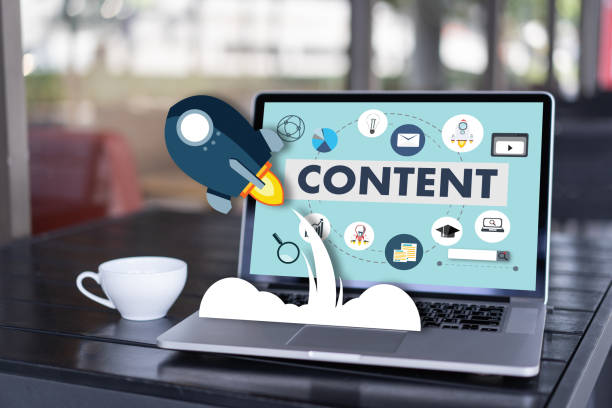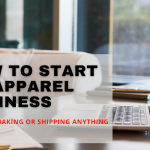First and foremost, there’s a big deal going on in the marketing world with Facebook. If you’re running Facebook ads right, typically, because we’re dealing with firearms, the ads are marked as political or social issues because firearms are a gun control topic.
I spend a lot of money on Facebook. So, if we look at my campaigns in the last 30 days, I am spending $3,000 a month on Facebook. However, I am receiving a vast percentage more organically than I am on paid, so I reached 155,000 people organically in the last 30 days. I’ve reached 531,000 people on social media. So yes, I reach an average of 155,000 people monthly with my $3,000 a month spent.
However, I’m reaching way more with my organic content. And if I wasn’t doing organic content, that $3,000 I’m spending would have to be $30,000 to get the same reach. Crazy, right?
Organic content is so important, and it is absolutely the backbone of all of our businesses. So ultimately, your job as a marketer is to get more customers to buy from you. This has been true since 50 years ago. What’s more, customers can find anything they want about a product by just going to Google and typing in, for instance, “concealed carry permit,” or whatever the case may be.
So while the audience is online, on Facebook, or Instagram, they don’t want to be bothered with advertisements. They don’t bother with banners or pop-ups, even though we’re constantly surrounded by paid advertising. People have what’s called ‘ad blindness’. They just get bored with it, and they peace out.
So, here is where content marketing comes in to weed through that challenge.
Content marketing is creating shareable content that entertains your customers and influences them to purchase your products or services. This is a new relational way of connecting with customers and getting them to engage with your brand.
The rule of thumb of content marketing is to make sure your content tells a story involving the right choice of words and images that grab the target audience’s attention.
You also need to teach or connect with people and elevate their understanding of a specific topic. So we need to create content that gives them some experiential transformation.
There are 12 types of content marketing.
- Videos
- Blogs
- Podcasts
- Infographics
- Case studies
- Ebooks
- User-generated content
- Checklists
- Memes
- Testimonials and reviews
- How to guides
- Partnerships with other influencers.
Blogs are great for search engine optimization. When a customer goes to Google and searches for “concealed carry class Florida,” they’ll get local educators in the area and online courses.
The first thing that you need to understand is that when Google is presenting this information, Google’s only priority is to make you come back and trust its services. They want you always to use their services. So they want to give you the best possible results for your search. Their goal is to meet the best players beyond spot number one. To be the best player, you have to earn that position by having the best content, the broadest content, and the best user interaction.
We need to create content that focuses on our targeting strategy. Ask yourself, who is the target viewer of this blog post, and what motivates them? What is essential that our buyer knows? Are we giving information our buyer finds extremely valuable? All you’ve got to do is fill in the blanks.
A blog post is an excellent way to do that because the only thing that Google can read are words. A blog post is a fundamental thing that we start with because it gives us an outline to create a video, make a checklist, create memes, create user-generated content, and have discussions to develop testimonials or podcasts or infographics, or case studies.
We also want to go deeper and be specific in our blogs and content.
You can use your blog posts as the outline for your videos. It’s called repurposing content, which is the most effective way to get your content out there. The takeaway is to write content ideas on a notepad or word document and only use the title.
Then arrange those ideas by the easiest piece of content to produce to the hardest to make and add each idea directly on your calendar to set a deadline for it. You want to set the entire month of content on your calendar. Then you have to schedule one hour on your calendar dedicated to one piece of that content, only the one coming up soon.
You have to stay focused to hit that hour.
You can begin the blog post creation using the outline from the purpose-driven content checklist. You can build your outline for that content using bullet points, then separate those bullet points into headlines and fill in the rest of the words. In the end, add your images, references, and links, and embed your relevant videos to the content.
Now you’ve got a great piece of content ready for publishing. So you’re going to post that content on your blog. Use your best guess keywords in the URL structure, create a compelling title, add a page description, and set a featured image.
Once it’s published, share the link on Facebook, Twitter, or whatever else you got. Set another hour aside, and rebuild that content in a video recorded on your cell phone or with an external camera, whatever you have, and use Camtasia or Adobe Premiere for editing. Alternatively, iMovie on the Mac is good. You want to ensure the audio and the lighting are good.
If you’re making a video, you want to ensure that it is longer than three minutes if it’s going on Facebook. You want to ensure that your video is the most significant for YouTube. How to win on YouTube depends on what percentage of your video people watch all the way through.
Anywhere after three minutes is OK with YouTube. You aim to get them to watch 80-90% of your video. So you’ve got to make it entertaining and compelling and give them reasons to keep going. Also, never do an instant replay ever on YouTube. Because you get brownie points, YouTube will give you better video views and search coverage if people rewind and watch a specific part of your content again. So never do instant replays and never show the same thing twice, so people must hit the rewind button and see it again.














